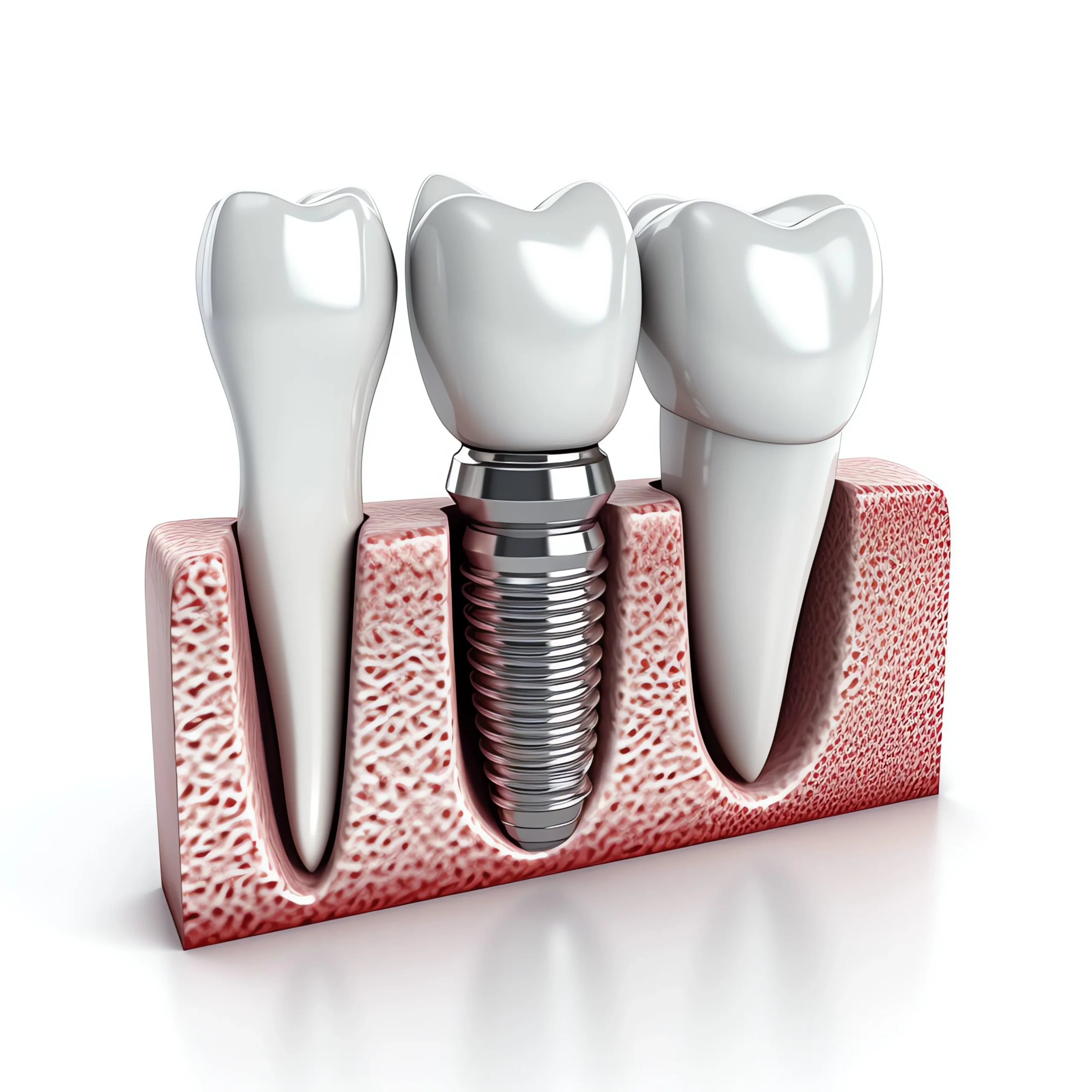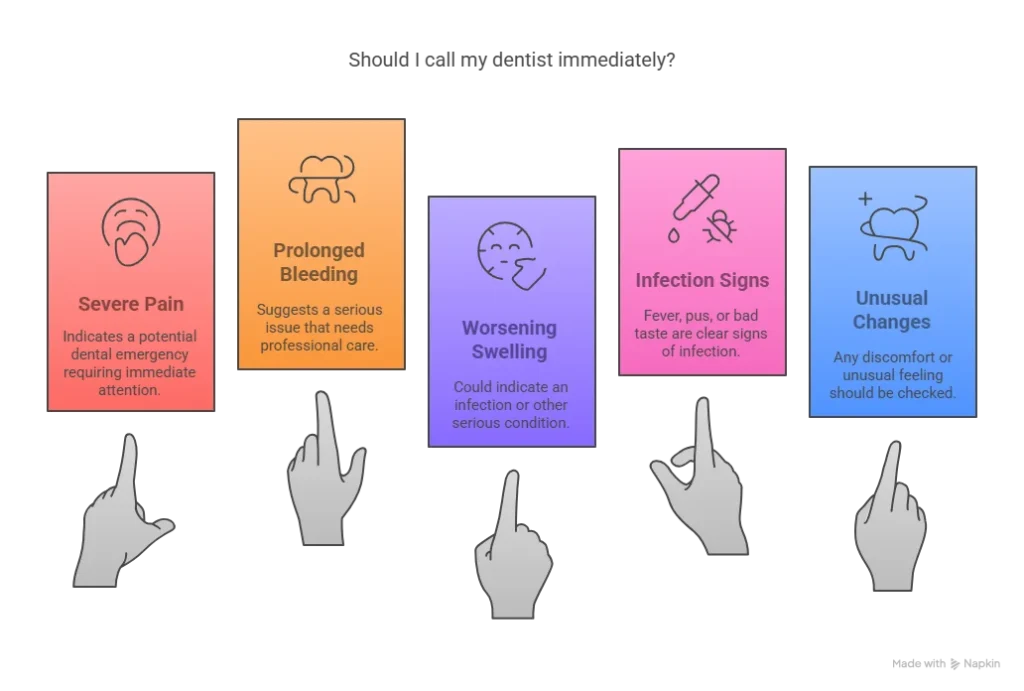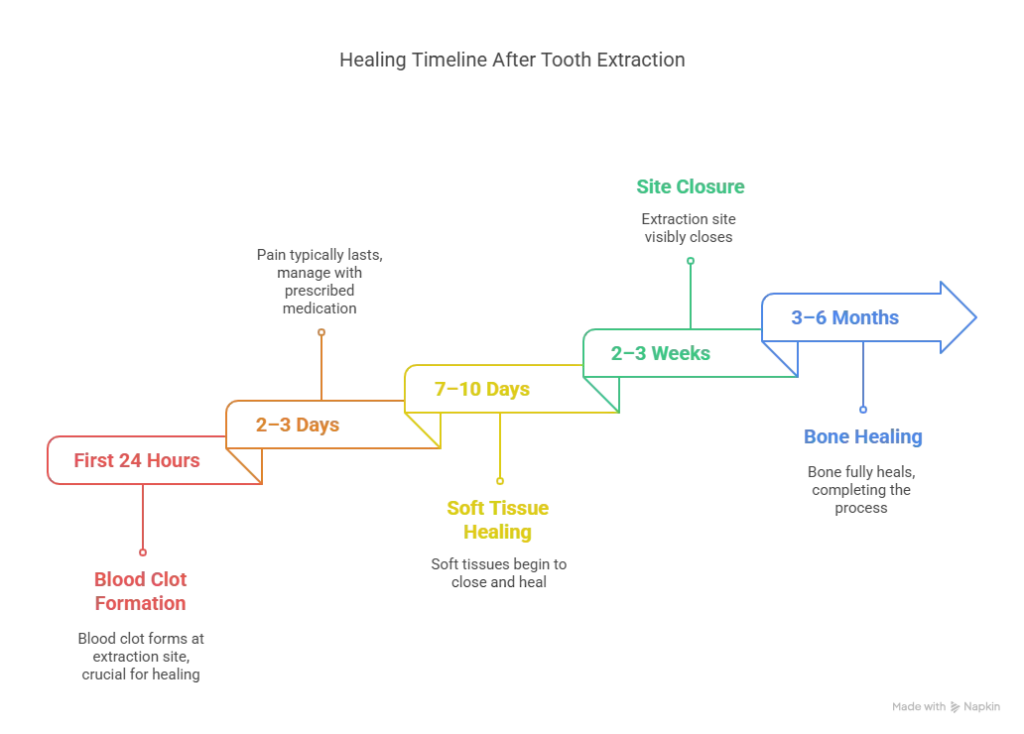
Tooth extraction is necessary when there is decay, trauma, gum disease, or impacted teeth. It plays a crucial role in your overall health, affecting digestion, facial appearance, and structure.
As dentists in Jubilee Hills, Hyderabad, we receive numerous queries about post-extraction care. This blog answers the most common questions about what to do and avoid after tooth extraction, dietary restrictions, oral hygiene, complications, and recovery tips.
After a tooth extraction, avoid actions that could disturb the blood clot at the extraction site. These include drinking through a straw, smoking, and vigorously rinsing. These can lead to a dry socket, which can cause pain and slow down healing. Rest and follow your dentist’s instructions to promote recovery.

Smoking should be avoided for at least 72 hours after a tooth extraction. It can reduce blood flow and delay the healing process, increasing the risk of complications like a repeat bleeding or a dry socket.
Avoid strenuous exercise for at least 24 to 48 hours after the extraction. Physical activity/exercise can increase your heart rate and blood pressure and disturb the extraction site. After the initial period, light activities can be resumed if you feel comfortable.
Yes, you can chew on the opposite side of your mouth. This helps you avoid putting pressure on the extraction site while still maintaining proper nutrition. Stick to soft foods in the first few days to aid healing.
Too much rinsing, especially with alcohol-based mouthwash, can irritate the extraction site and disrupt the blood clot. Follow your dentist’s instructions to gently rinse with water to promote healing.
Wait at least 24 hours before eating solid foods.
Avoid hard, crunchy, or chewy foods such as chips and popcorn and sticky foods like caramel or gum. Avoid food with small, hard condiments such as mustard seeds, etc., that can get stuck in the socket or the suture threads.
Stick to soft foods that don’t require much chewing, like yogurt, mashed potatoes, pulpy food, soft fruits, well-steamed vegetables or vegetables boiled to soften, soft rice with daal, idli, upma, dalia, and smoothies.
Avoid hot beverages like tea or coffee for 36 to 48 hours, as they can increase swelling and discomfort. Opt for lukewarm or cool drinks instead.
Yes, dairy products like yogurt and milk are fine, but some people may experience mucus buildup. If this occurs, limit dairy intake temporarily. Dairy can provide nutrients while you heal, but moderation is key.
Avoid brushing the extraction site for 24 hours after extraction. However, feel free to brush your other teeth gently with a soft-bristled toothbrush. Once the extraction site starts to heal, brush gently around the area. This healing usually takes 48 hours.
Avoid flossing near the extraction site for 24 hours.. Flossing can disturb the healing tissue.
Common complications include dry socket, infection, and prolonged bleeding. Dry socket happens when the blood clot is dislodged. Infection can occur if bacteria enter the extraction site, causing pain, swelling, and pus. These can be avoided by following your dentist’s post-op care instructions.
You may experience severe pain a few days after the extraction, even though the pain should typically decrease. The pain may radiate from the extraction site to your jaw or ear. An empty-looking socket or a bad taste in your mouth can also indicate dry socket.
A dry socket causes intense pain, often felt in the jaw, ear, or temple. If the pain doesn’t decrease or gets worse a few days after the extraction, contact your dentist.
It’s normal to experience some mild pain or discomfort after the procedure, which should gradually improve. If the pain worsens or persists beyond a week, consult your dentist.

Signs of infection include:
Soft tissue healing takes 7–10 days, with full bone healing potentially taking 3–6 months. Mild discomfort or swelling in the first few weeks is normal.

Pain usually lasts for 2–3 days, with mild soreness continuing for up to a week. If the pain lasts longer or worsens, consult your dentist.
Direct ice should not be applied to the tooth extraction area. Wrap the ice in a cloth and then apply it for 10 seconds. You should do it 3 to 4 times daily for 48 hours with 10 seconds on and 10 seconds off while applying the ice pack. Otherwise, it can cause ice burns.
Children may need additional care after tooth extraction. Ensure they rest and avoid hard foods, monitor their pain levels, and always follow up with the dentist for proper healing.
Tooth extraction is generally safe during pregnancy, especially during the second trimester. If you inform your dentist about your pregnancy, they will take extra precautions.
If you have any concerns or experience symptoms like pain or swelling, contact your dentist. It’s always better to ask than to worry.
Yes, follow-up appointments are typically scheduled 1 week after the extraction to check healing progress and avoid complications.
We hope we’ve answered most of your questions. If you have any doubts, feel free to reach out to us or call us. We’d be happy to help.
Copyright © 2025 The Tooth Company | Design & Developed By GrowthPixel – Healthcare Digital Marketing Agency.